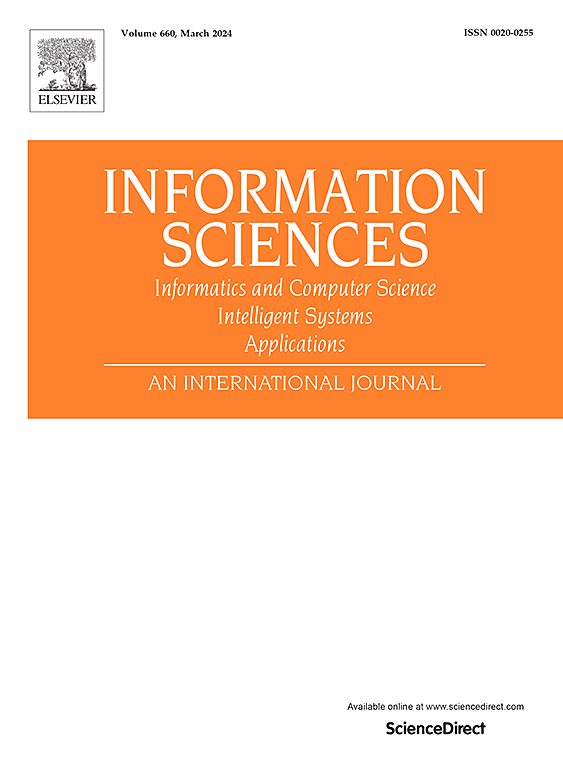Improving preference disaggregation in multicriteria decision making: Incorporating time series analysis and a multi-objective approach
IF 8.1
1区 计算机科学
0 COMPUTER SCIENCE, INFORMATION SYSTEMS
引用次数: 0
Abstract
Preference disaggregation analysis (PDA) is an approach in multicriteria decision analysis that aims to extract preferential information from holistic judgments provided by decision-makers. This paper presents an original methodology for PDA that addresses two challenges in this field. First, we consider the structure of the data as a tensor within the context of PDA to capture decision-makers' preferences based on descriptive measures of the criteria time series, such as trend and average. This approach enables an understanding of decision-makers' preferences in scenarios involving time series analysis, which is common in medium- to long-term impact decisions. Second, the paper addresses the robustness concern in PDA methods, which involves dealing with multiple compatible models reflecting the decision-maker's preferences, using a multi-objective model. This approach allows for identifying multiple preference models and provides a mechanism to converge towards the most likely preference model. The proposed method is evaluated using real data. Results show that the decision-maker's preference for a criterion can vary based on descriptive measures. This highlights the importance of considering both the criterion and the descriptive measures in the decision problem. The multi-objective analysis produces multiple solutions and, under specific conditions, can lead to a single solution reflecting the decision-maker's preferences.
求助全文
约1分钟内获得全文
求助全文
来源期刊

Information Sciences
工程技术-计算机:信息系统
CiteScore
14.00
自引率
17.30%
发文量
1322
审稿时长
10.4 months
期刊介绍:
Informatics and Computer Science Intelligent Systems Applications is an esteemed international journal that focuses on publishing original and creative research findings in the field of information sciences. We also feature a limited number of timely tutorial and surveying contributions.
Our journal aims to cater to a diverse audience, including researchers, developers, managers, strategic planners, graduate students, and anyone interested in staying up-to-date with cutting-edge research in information science, knowledge engineering, and intelligent systems. While readers are expected to share a common interest in information science, they come from varying backgrounds such as engineering, mathematics, statistics, physics, computer science, cell biology, molecular biology, management science, cognitive science, neurobiology, behavioral sciences, and biochemistry.
 求助内容:
求助内容: 应助结果提醒方式:
应助结果提醒方式:


